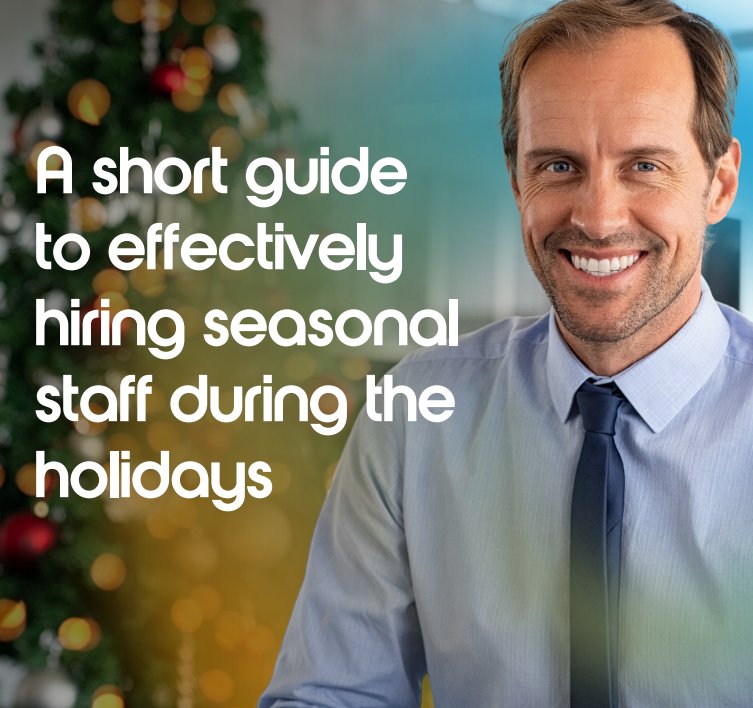Referring someone to the DBS is a legally-required action for some organisations if one of their workers harms or poses a threat to a vulnerable adult or child in order that they can make a necessary update to the barred lists.
But as an employer or personnel supplier you might not know when you have to refer someone or for what offences.
To help you out we have put together everything you need to know for referring someone to the DBS barred lists…
Who has to make a referral and who can make a referral?
Regulated activity providers and personnel suppliers are bound by the law to refer someone to the DBS if they harm or pose a risk to children or vulnerable adults who will then make a decision on whether to update the barred lists.
On top of that local authorities, education and library boards, health and social care trusts, Keepers of Registers and supervisory authorities all have the power to make a referral.
When should an organisation refer someone to the DBS?
When referring someone to the DBS (with a view to their addition to the barred lists) organisations need to fulfill two criteria.
The first is they have permanently removed the person through dismissal or a transfer (or they would have done if the employee had not left, resigned, retired or been made redundant).
The second is they believe the person has put a child or vulnerable adult in harm or at the risk of harm, they have satisfied the harm test (more later) or they have received a caution or conviction for a relevant offence, which can be found on the DBS website.
It is also worth noting that a referral should not be made when an allegation against a worker is first heard.
The organisation should undertake an investigation and evidence gathering process before any referral.
What is the harm test and how is it satisfied?
It could be the case that a person has not engaged in relevant conduct but there is a serious concern the person poses a risk.
To satisfy the harm test there needs to be sufficient evidence of such risk.
The example the DBS provides of a situation which satisfies the test is: “A teacher who confides in their head teacher that they are sexually attracted to children (but who had not engaged in ‘relevant conduct’)”
What information needs to be sent to the DBS for a referral?
When referring someone to the barred lists organisations will need to clearly identify the offending person.
That means supplying their name, address, date of birth and national insurance number if it is known.
You will also need to have sufficient evidence to suggest that there have been a relevant offence or a child or vulnerable adult has been harmed or at risk of harm.
Referring someone to the barred lists: A conclusion
The key thing to remember is that if your organisation is a regulated activity provider or a personnel supplier you are legally required to fill out a DBS referral form and submit that person.
If you need further information or to help establish whether you should refer an employee, the DBS has also created a handy flow chart.







